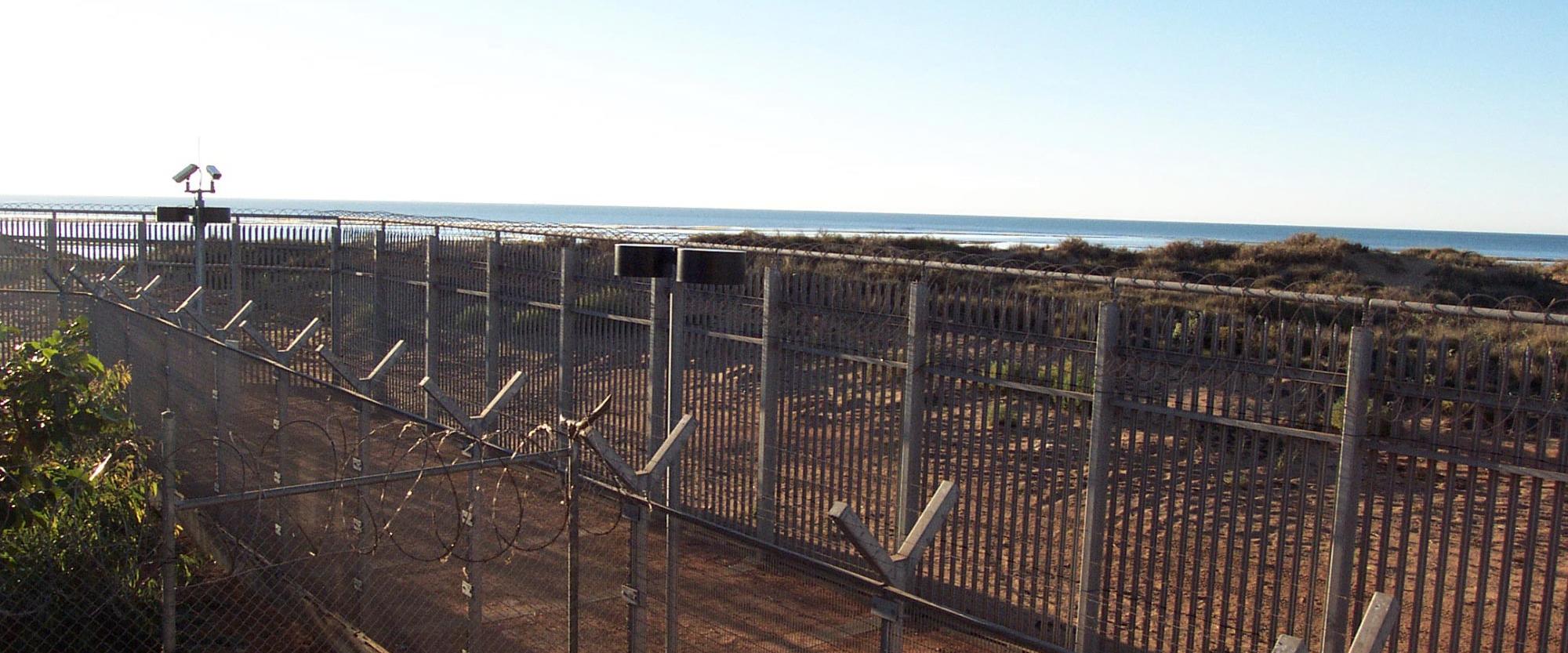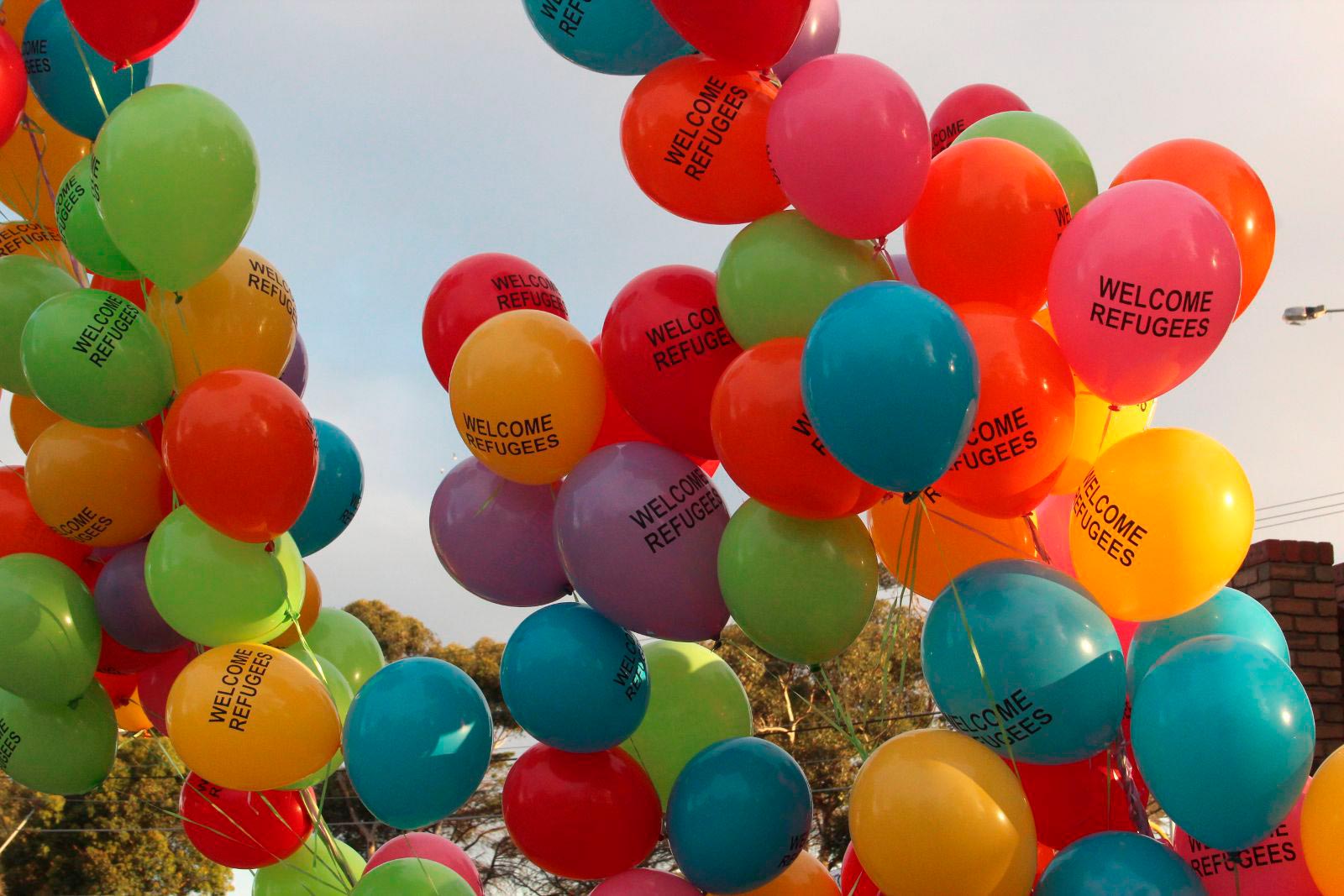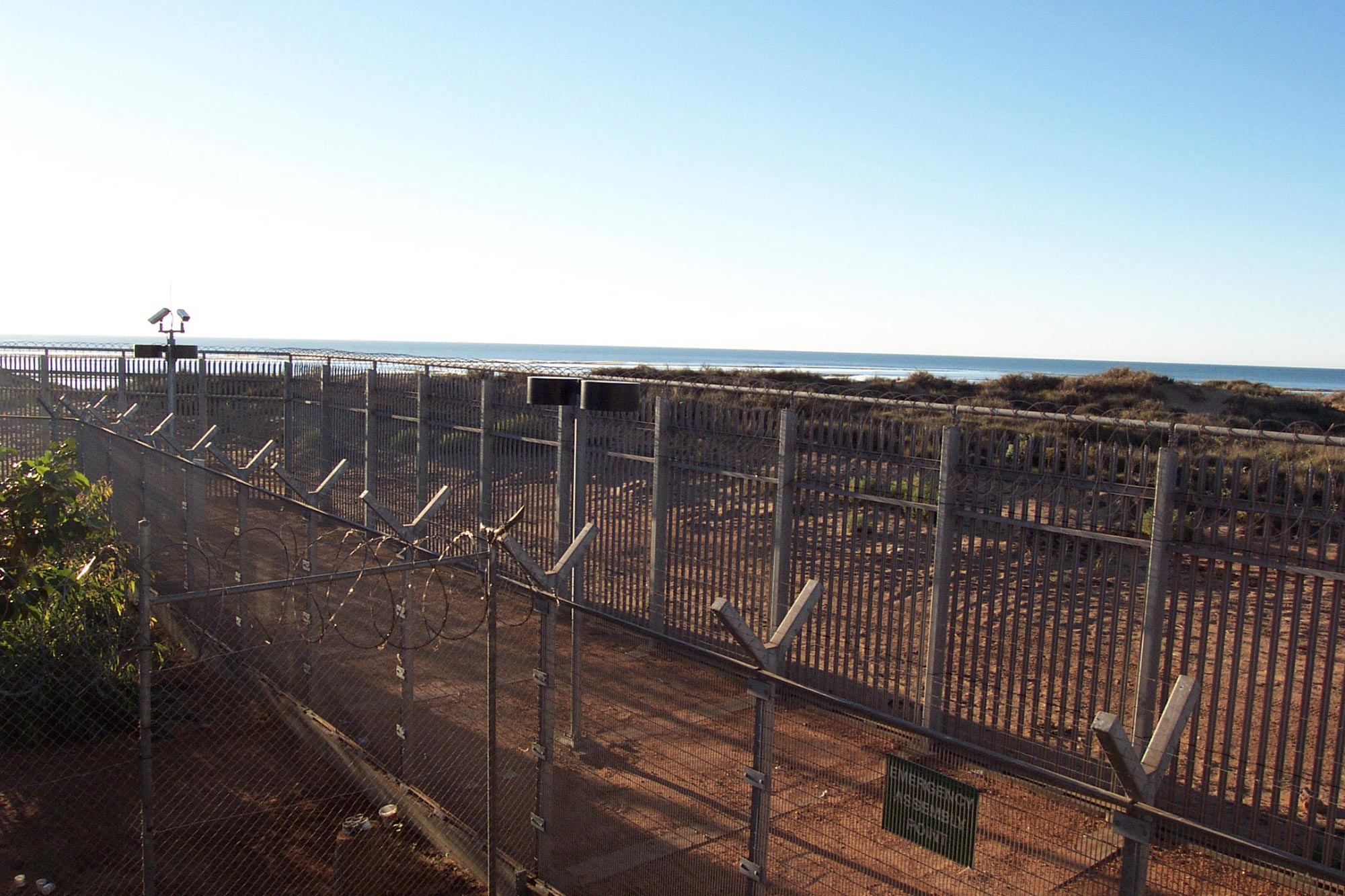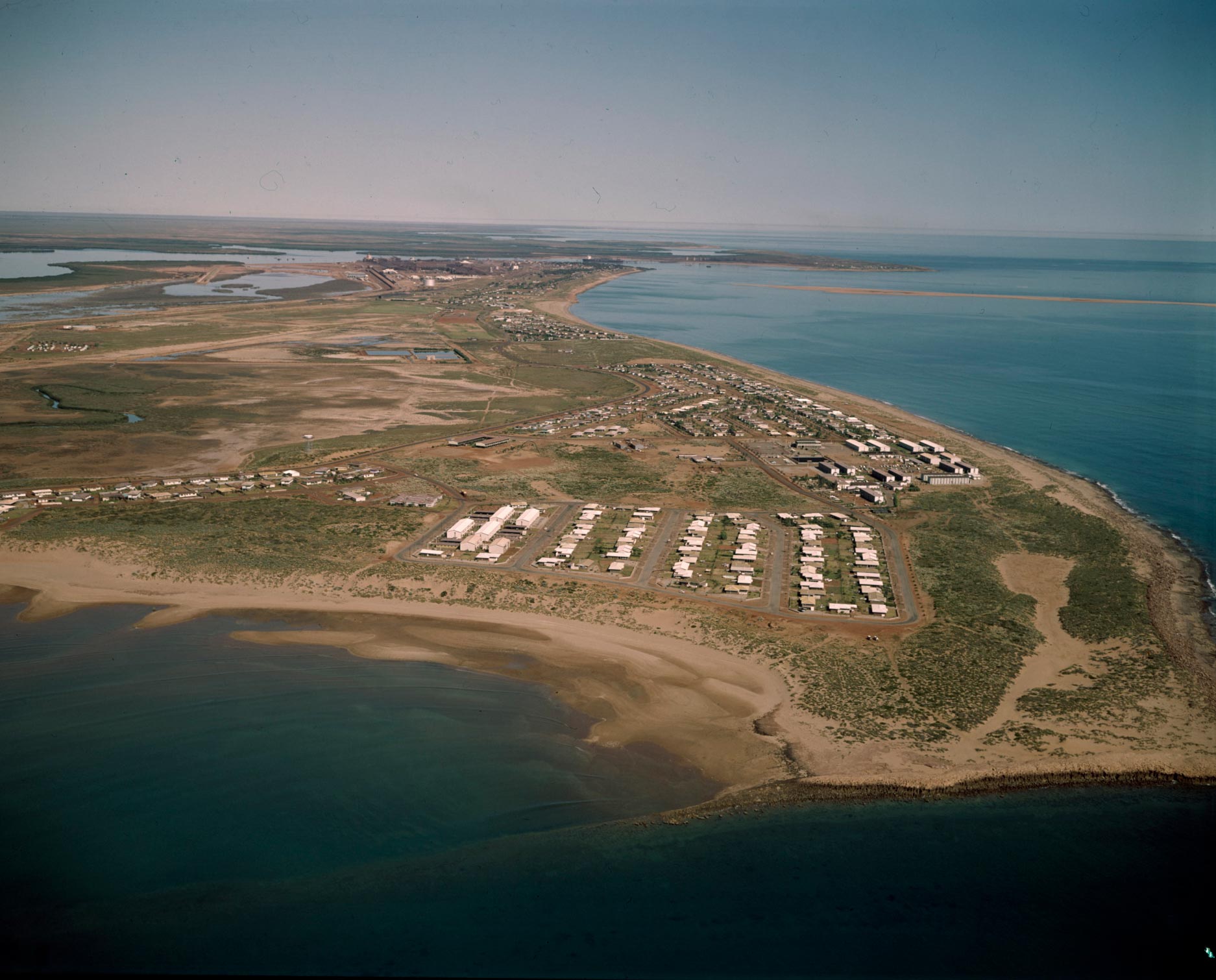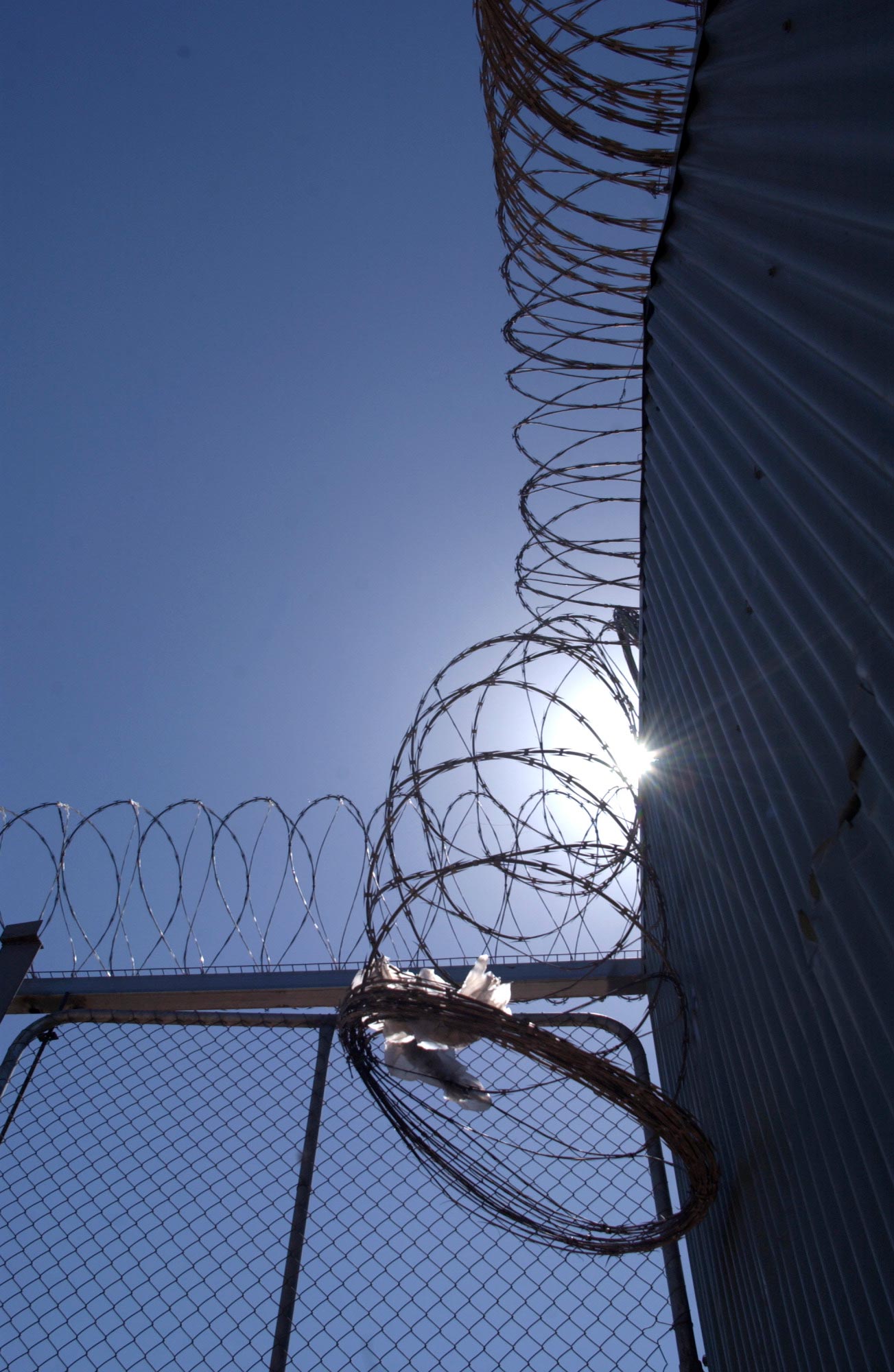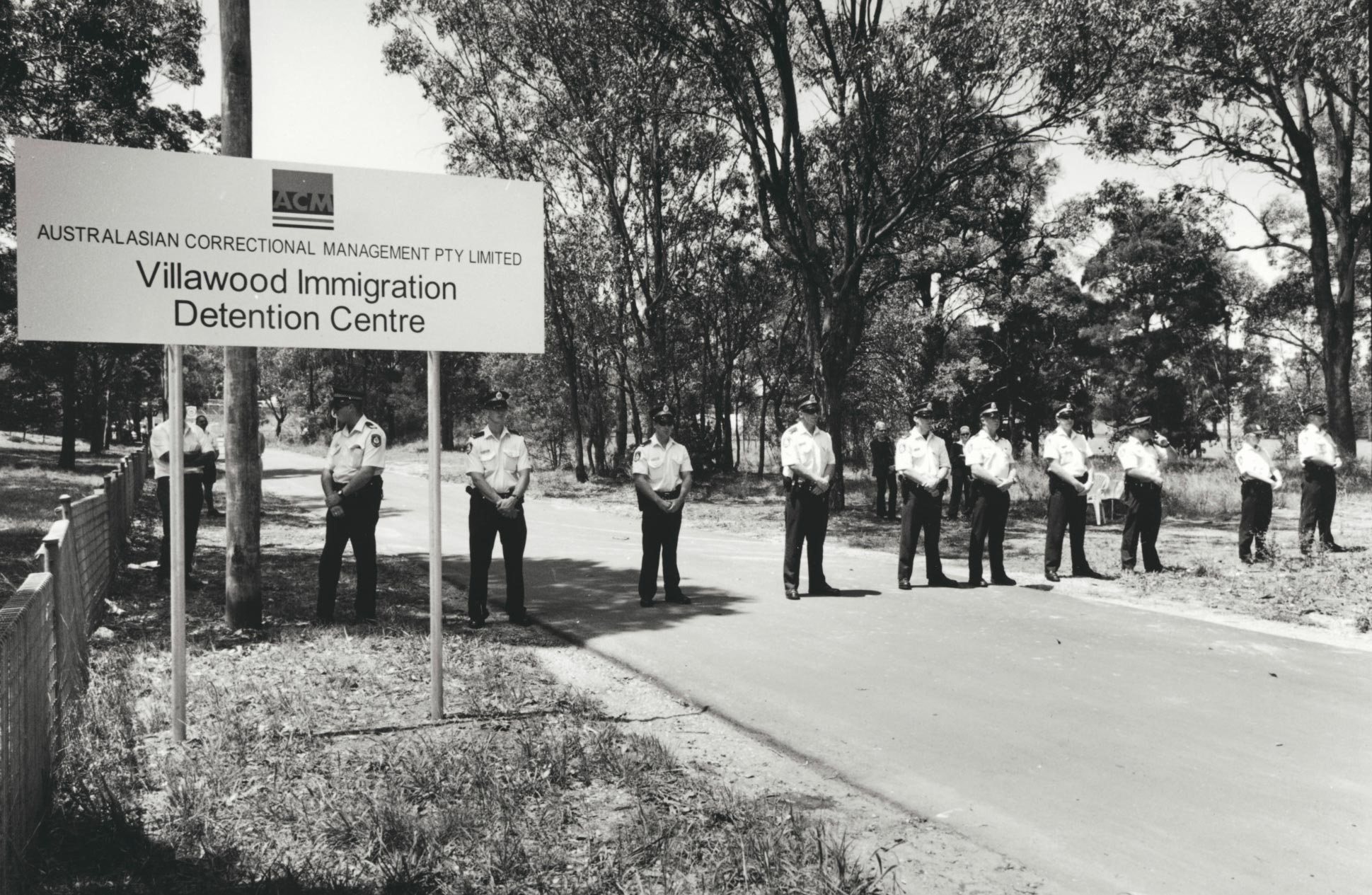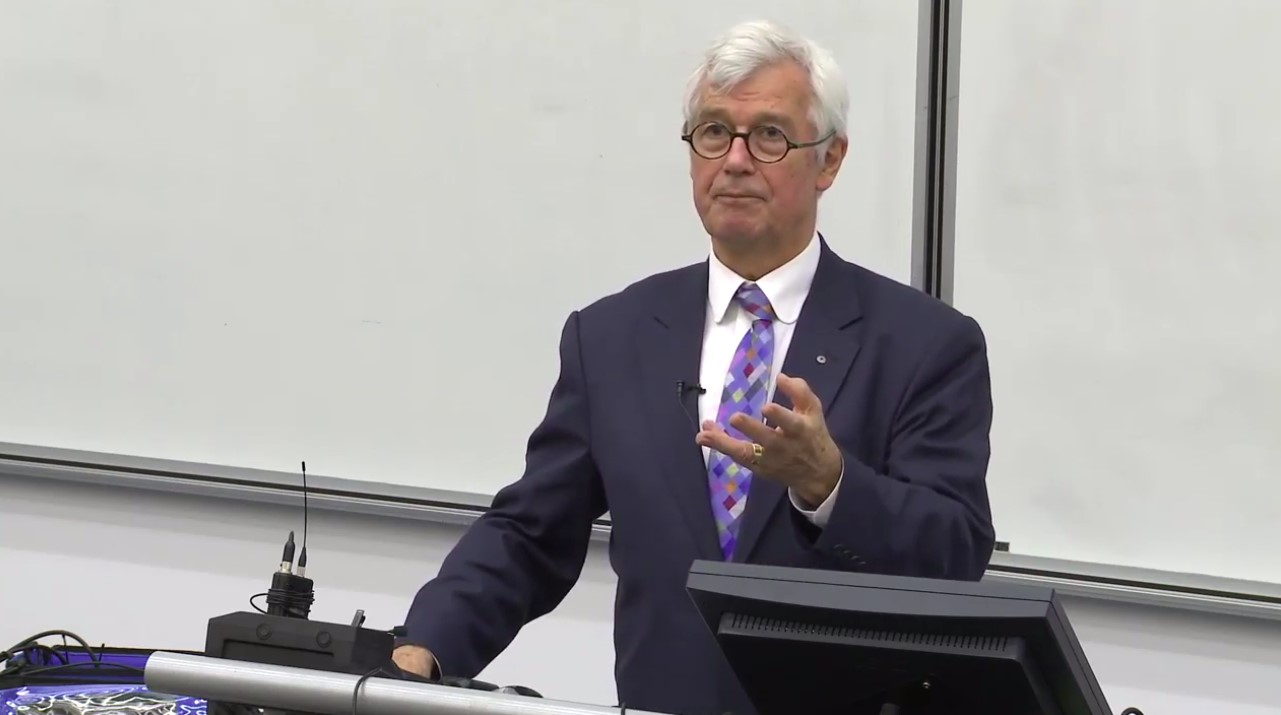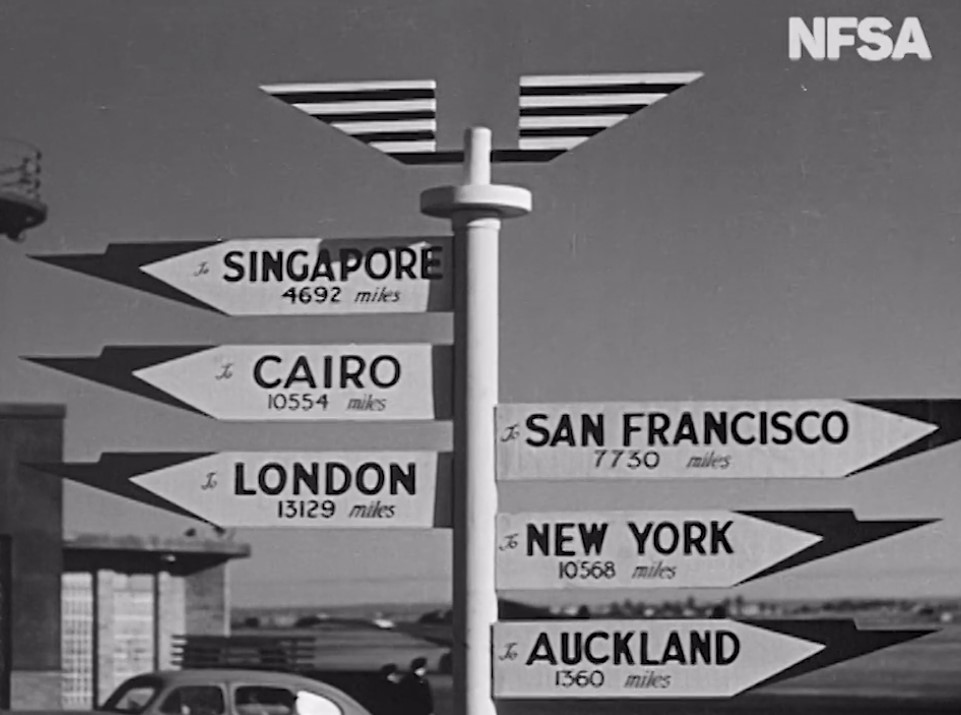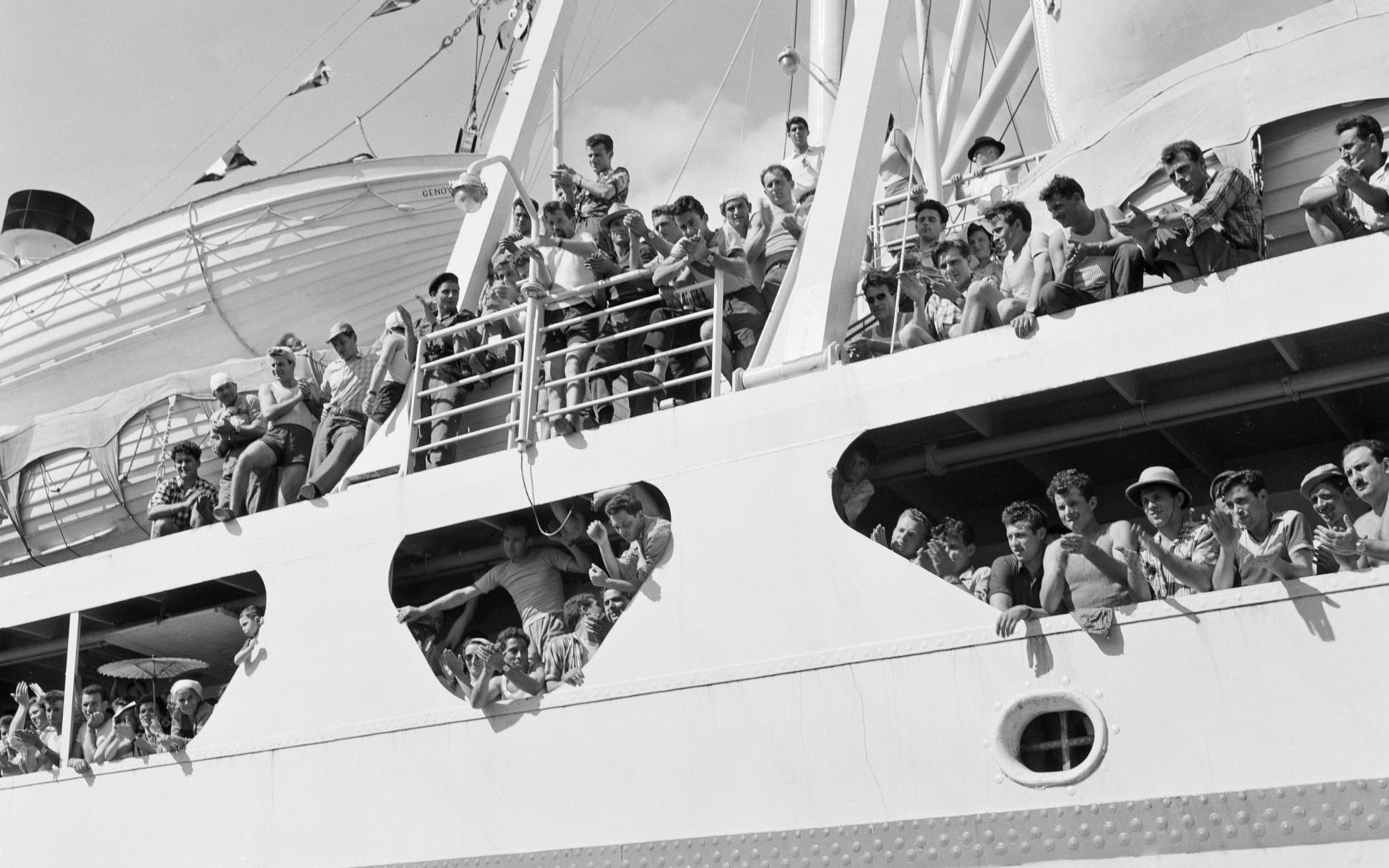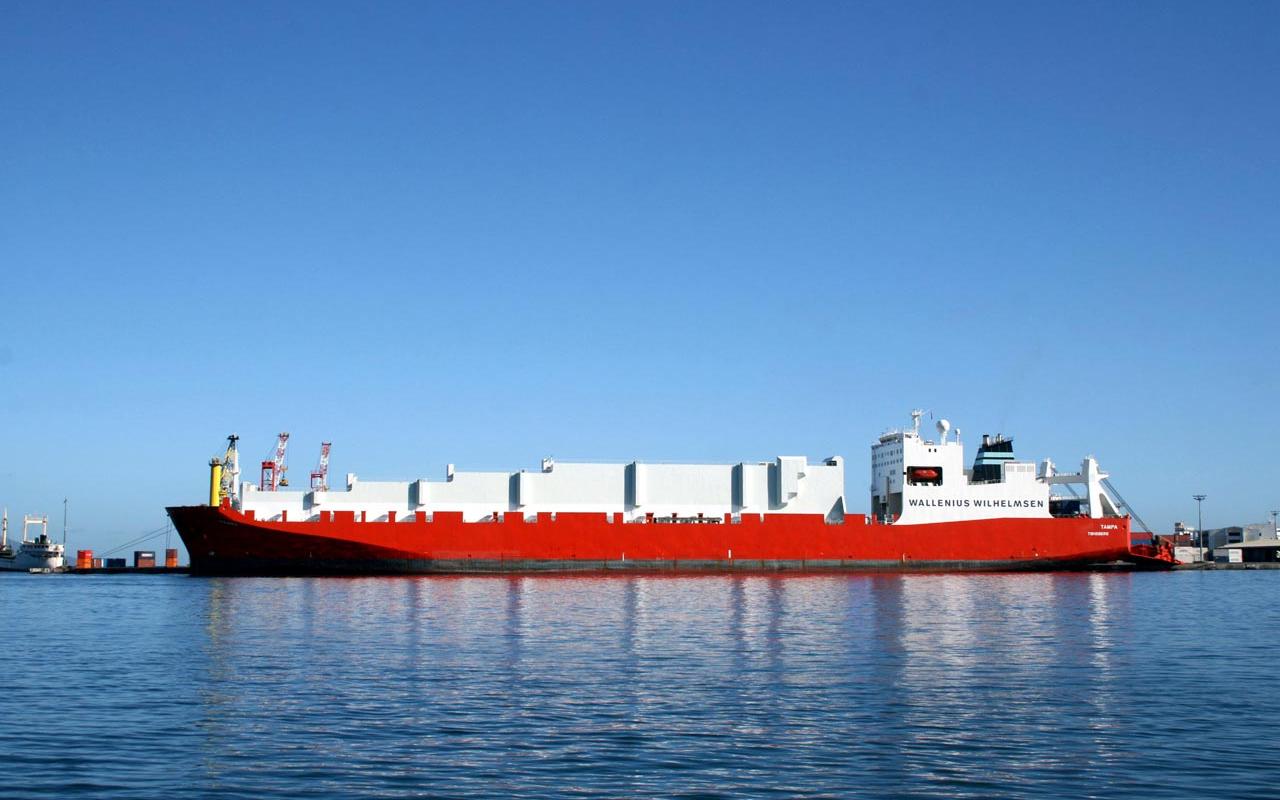The start of mandatory detention
1991: Port Hedland immigration detention centre opens
The start of mandatory detention
1991: Port Hedland immigration detention centre opens
In a snapshot
On 5 May 1991 the Australian Government took over BHP’s (Broken Hill Petroleum Mining Company’s) empty single men’s accommodation centre in Port Hedland, Western Australia. The government used it as a detention centre for refugees escaping civil war and conflict in Cambodia. This was a key part of the government’s plan to develop a policy of mandatory (compulsory) detention for all people arriving in Australia without a travel visa.
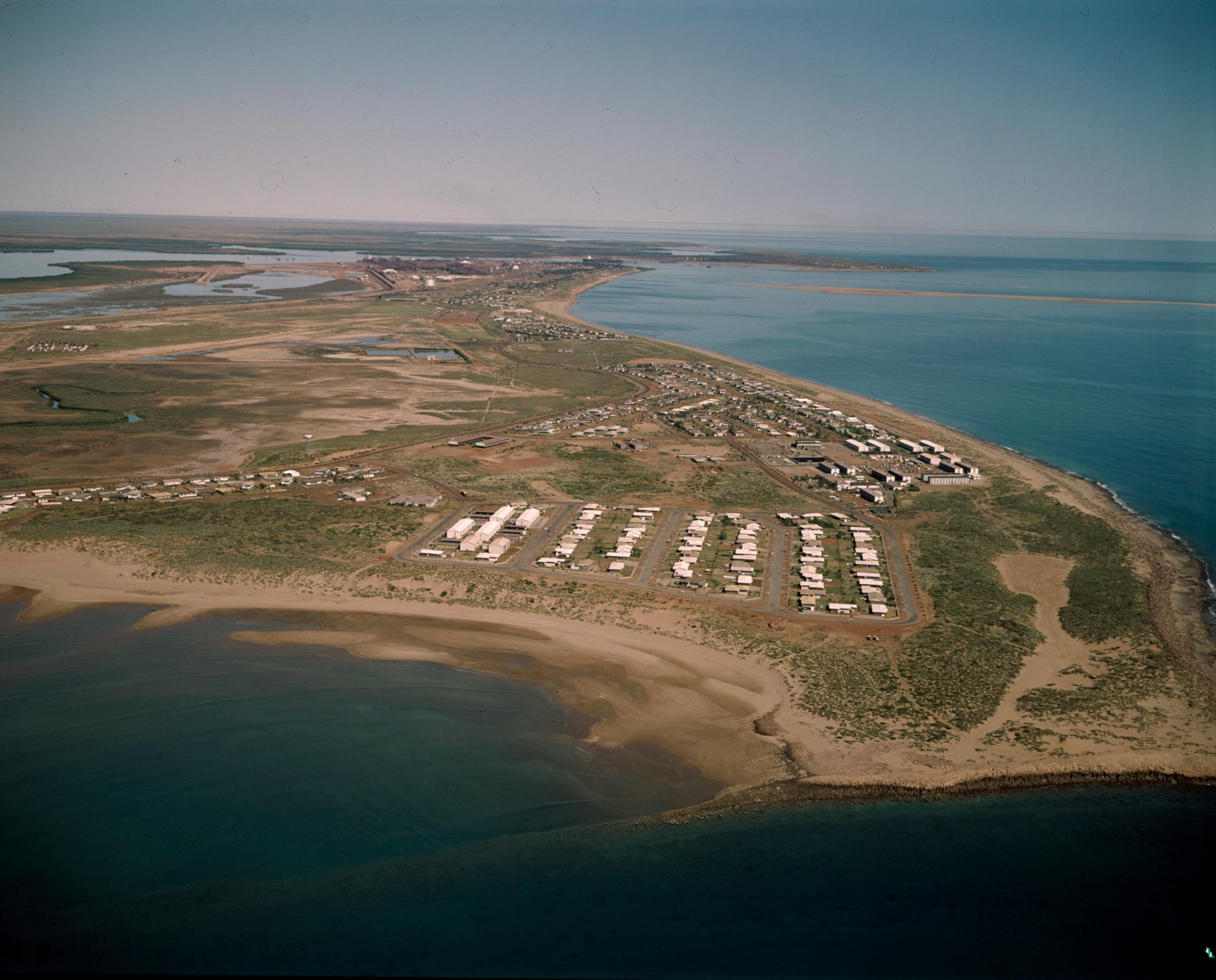
 Can you find out?
Can you find out?
1. What was the purpose of the 1989 migration legislation?
2. How did migration legislation change in the 1990s?
3. In what ways have immigration detainees protested their detention?
Why was the Migration Legislation Amendment Act introduced?
In 1989 the Australian Government brought in the Migration Legislation Amendment Act to change the way people who came to Australia by boat were dealt with. It allowed immigration officials to decide, case by case, whether or not to detain anyone who had arrived by boat and was suspected of being an ‘illegal entrant’ (a person without a travel visa).
The Act was designed to stop the arrival of large numbers of Cambodian refugees, even though only 26 arrived by boat that year.
Research task
Do some research to find out how many detention centres Australia has and where they are located.
‘In 1989 the average length of stay in immigration detention was 15.5 days, but for the Cambodian asylum seekers who arrived by boat in 1989, the average length of stay (until a primary decision was made on refugee status) proved to be 523 days.’
Immigration detention in Australia, Janet Phillips & Harriet Spinks, Research Publications
How did the legislation change in early 1990s?
The Migration Amendment Act was introduced in 1992. This changed the law so that all people who travelled to Australia by boat without a travel visa were detained. The law also removed limits on how long a person could be held.
By 1994 the law had been changed again so that all people who arrived in Australia without a travel visa, no matter how they came, were detained. This policy is known as mandatory detention.
How did detention centres develop?
The Port Hedland immigration detention centre was opened in May of 1991. It was the first centre set up to hold illegal entrants. Others were soon opened, mostly in remote locations such as Woomera in South Australia and Derby in Western Australia.
From 2001 the government brought in the ‘Pacific Solution’, which allowed it send illegal entrants to detention centres outside Australia’s immigration zone. This included Christmas Island (an Australian external territory), and later Nauru (an island country in the Pacific) and Papua New Guinea with the approval of the governments of those countries.
Research task
Research how asylum seekers arrive in Australia. Do most asylum seekers come by boat or plane? Does this surprise you?
‘I’m very happy because I have my liberty [freedom], but I feel that the detention adds to my problems now of fear. What I experienced there is very difficult to forget. Every day I think about my life in prison. Even this morning I thought about it and started crying. And I think about the people who are still there and who are suffering, and that makes me afraid. Things have improved for me because I have my liberty [freedom], but I still think about it.’
A successful asylum seeker, quoted in Tony Ward Long Term Health Costs of Extended Mandatory Detention of Asylum Seekers (October 2001)
Who opposed the detention centres?
Between 1992 and 2001 there were protests at Port Hedland, and some detainees tried to escape. Between 2000 and 2002 detainees at the Woomera detention centre also protested. They tried different methods of protest such as trying to escape, hunger strikes, riots and sewing their lips together.
A number of Australian groups began to oppose mandatory detention, and still do. Some doctors, churches and groups that support refugees argue that detention is harmful and does not stop asylum seekers from trying reach Australia.
Read a longer version of this Defining Moment on the National Museum of Australia’s website.
 What did you learn?
What did you learn?
1. What was the purpose of the 1989 migration legislation?
2. How did migration legislation change in the 1990s?
3. In what ways have immigration detainees protested their detention?






